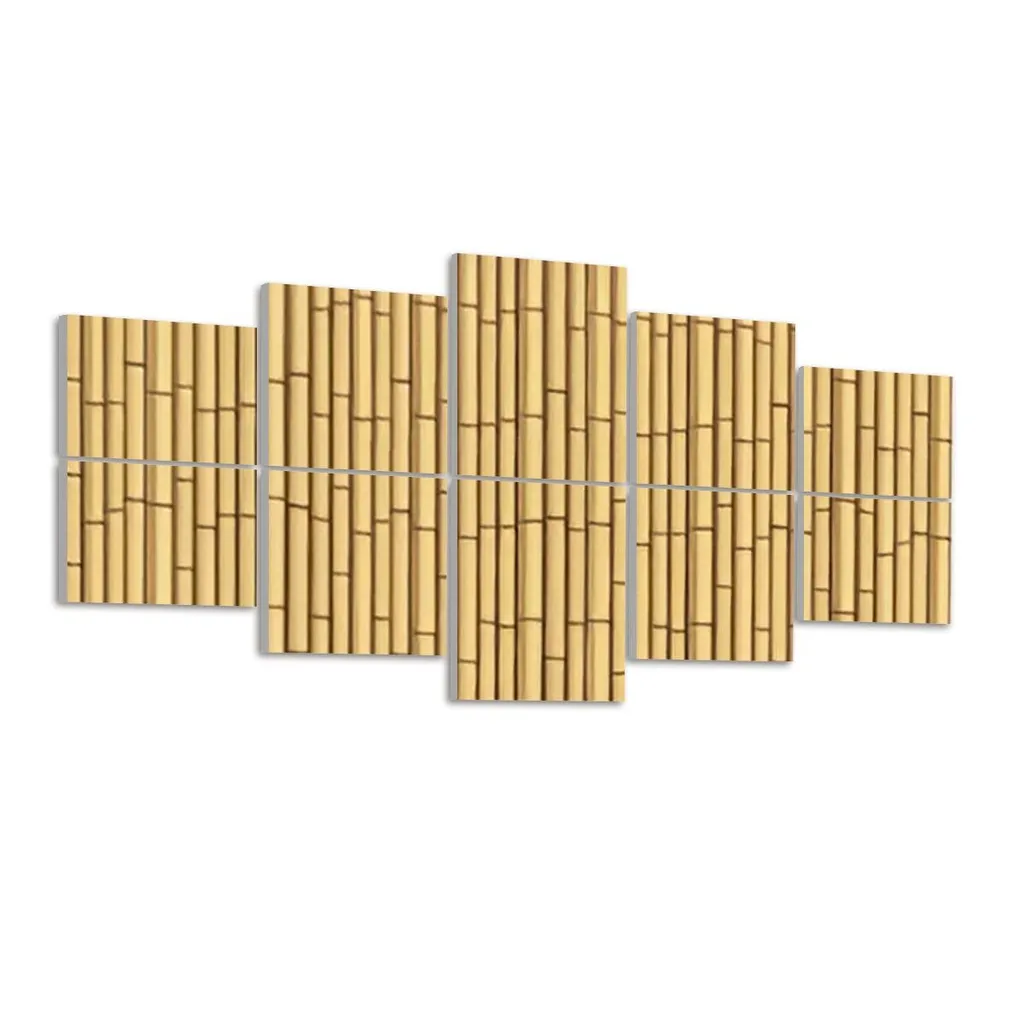In the quest for sustainable building materials, researchers have turned to an ancient resource with a modern twist: bamboo. A recent study published in the Journal of Engineered Fibers and Fabrics, titled “Bamboo Bio-Composite: A Renewable and Sustainable Sound Absorber for Acoustic Comfort in Indoor Settings,” has unveiled the potential of bamboo-based composites as effective sound absorbers. This breakthrough could revolutionize the energy sector by providing eco-friendly solutions for acoustic comfort in buildings, ultimately reducing the need for energy-intensive soundproofing materials.
At the heart of this research is Hassan Irvani, a dedicated scientist from the Department of Occupational Health and Safety Engineering at Tarbiat Modares University in Tehran, Iran. Irvani and his team set out to optimize the structural and acoustic properties of bamboo biocomposite panels, exploring various parameters such as density, thickness, binder concentration, and fiber ratio. Their goal? To create a sustainable sound absorber that could compete with traditional materials in indoor settings.
The team’s experimental and modeling approaches yielded impressive results. By tweaking the composition of the bamboo panels, they discovered that increasing density and thickness significantly enhanced the Sound Absorption Coefficient (SAC) at various frequencies. “The optimal composite we developed showed an average SAC above 630 Hz of 0.75,” Irvani explained. “This means it can effectively absorb sound in the mid to high-frequency range, making it ideal for indoor environments.”
The implications for the energy sector are substantial. Buildings account for a significant portion of global energy consumption, much of which is spent on heating, cooling, and maintaining acoustic comfort. Traditional soundproofing materials often rely on petroleum-based products, contributing to environmental degradation. Bamboo, however, is a rapidly renewable resource that sequesters carbon and requires minimal energy to process. “By integrating bamboo biocomposites into building design, we can reduce the carbon footprint of construction projects and promote more sustainable practices,” Irvani noted.
The study also validated the use of mathematical models like Johnson-Champoux-Allard (JCA) and Delany-Bazley (DB) in predicting the acoustic performance of bamboo composites. This alignment between experimental data and theoretical models paves the way for more efficient and cost-effective product development. “Our findings not only demonstrate the potential of bamboo as a sound absorber but also provide a robust framework for future research and commercial applications,” Irvani added.
As the construction industry continues to prioritize sustainability, the adoption of bamboo biocomposites could mark a significant shift. Architects and builders are increasingly seeking materials that offer both performance and environmental benefits. Bamboo’s natural aesthetic and acoustic properties make it an attractive option for modern design, while its sustainability credentials appeal to eco-conscious consumers and regulators alike.
The research published in the Journal of Engineered Fibers and Fabrics (Journal of Engineered Fibers and Fabrics translates to Journal of Engineered Fibers and Fabrics) underscores the growing interest in bio-based materials. As the energy sector seeks to decarbonize, innovations like bamboo biocomposites offer a glimpse into a more sustainable future. By harnessing the power of nature, we can create buildings that are not only energy-efficient but also acoustically comfortable and environmentally responsible.
The journey from ancient resource to modern marvel is an inspiring testament to human ingenuity. As we stand on the cusp of a green revolution, the humble bamboo may well become a cornerstone of sustainable construction, shaping the way we build and live for generations to come.

